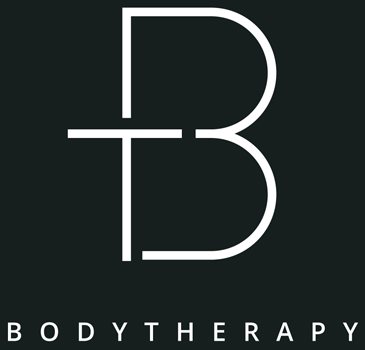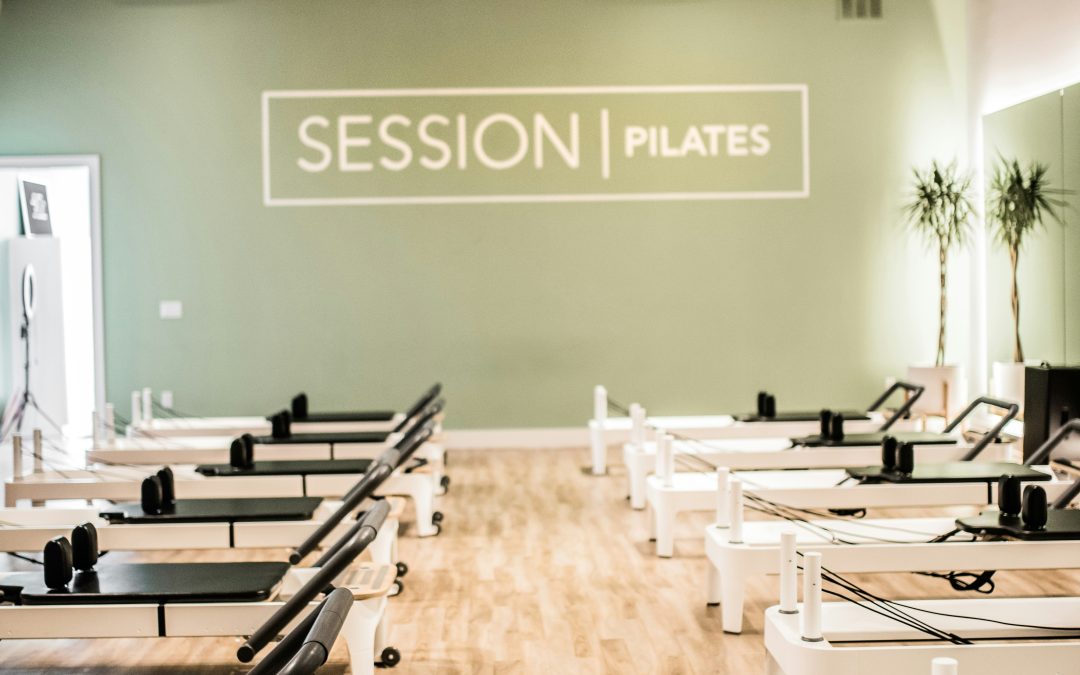Pilates is having a moment – but not for the first time. Over a century after Joseph Pilates developed his method of “Contrology”, it’s once again topping fitness trend lists, filling studios, and dominating online platforms in 2025. But this isn’t just another cycle of fitness hype. The recent surge in popularity is grounded in solid science and an increasing public interest in longevity, injury prevention, and functional movement.
As physiotherapists, we’ve seen firsthand how Pilates can transform bodies – whether someone’s recovering from an injury, managing chronic pain, or simply looking to move better. Let’s unpack why Pilates is more than a fad and why it’s earned a well-deserved place in modern fitness and rehabilitation programs.
What is Pilates? A Quick Refresher
Pilates is a system of low-impact exercises that focus on core strength, controlled movement, alignment, and breath. it can be performed in two primary formats:
- Mat Pilates: Uses bodyweight and sometimes small props like resistance bands, rings, or balls.
- Reformer Pilates: Performed on a spring-loaded machine called a reformer, which provides resistance and support.
Despite the difference in equipment, the underlying principles remain the same: concentration, control, centering, flow, precision, and breath.
Why Pilates? Why Now?
In 2025, we’re seeing a cultural shift in fitness. People are looking beyond aesthetics and calorie-burning, and focusing more on sustainable movement, longevity, injury prevention, and mental well-being. Pilates ticks all those boxes.
There are a few key reasons for the surge:
Posture Pandemic Recovery
After years of working remotely, many people are experiencing the long-term effects of poor desk ergonomics – stiff necks, rounded shoulders, tight hips, and weak core muscles. Pilates directly targets postural muscles, and builds resilience against repetitive strain injuries.
Injury Rehab and Prevention
Physios (like us) often incorporate Pilates into rehab because it promotes spinal stability, improves proprioception, and reconditions movement patterns without excessive strain on joints. It’s adaptable for people with chronic pain, recovering from surgery, or managing neurological conditions.
The Rise of “Slow Fitness”
Pilates aligns with the growing tend of mindful, low-impact movement modalities (like yoga, functional strength, and mobility training). People are stepping away from punishing HIIT routines and embracing exercise that nourishes the body.
Accessibility and Flexibility
Mat Pilates requires nothing more than a yoga mat and a little floor space, while Reformer PILATES – once exclusive to boutique studios – is becoming more available through affordable group classes and even at-home reformer equipment.
The Evidence: What the Research Says
The best part? The Pilates resurgence isn’t just driven by influencers – it’s supported by clinical research. Let’s have a look at the evidence.
Core Strength and Stability
Pilates consistently improves core muscle activation, endurance, and strength. This isn’t just about getting “abs”, but about enhancing deep stabilising muscles of the trunk, which supports spinal health and everyday movement.
- A 2023 systematic review found significant improvements in trunk muscle endurance in both athletic and clinical populations following 8-12 weeks of Pilates training
Low Back Pain Management
Chronic low back pain is one of the leading causes of disability worldwide. Pilates is increasingly recommended by physiotherapists and doctors as a first-line conservative treatment.
- A meta-analysis from 2021, concluded that Pilates is more effective than minimal intervention or general exercise for improving pain and function in chronic low back pain patients.
Balance, Coordination, and Fall Prevention
Especially valuable for older adults, Pilates improves proprioception, dynamic balance, and lower limb control.
- A 2022 study found marked improvements in balance, coordination, and gait in older adults after 12 weeks of Pilates training, particularly reformer-based exercises.
Mental Health Benefits
Pilates encourages breath control, mindfulness, and body awareness – all of which can positively influence mental health.
- A 2020 review showed reductions in anxiety, depression and fatigue among participants practicing Pilates regularly, attributing the effects to both the physical and meditative elements of the practice.
Mat vs. Reformer: Which Is Best for You?
Both forms are effective, but offer slightly different benefits. Here’s a quick guide:
Mat Pilates
- Portable and affordable
- Builds body awareness
- Great for beginners
- Requires more control from your own body
Reformer Pilates
- Uses adjustable resistance for progression
- Offers more support for joint-sensitive populations
- Ideal for rehab and advanced core work
- Allows for greater variation and challenge
Physio Tip: If you’re new, mat Pilates is a great starting point. If you’re recovering from injury, working on strength progression, or want added resistance, reformer classes are ideal. A combination of both is often best practice.
What Makes Pilates Physio-Approved?
As physiotherapists, we value movement that improves function, reduces injury risk, and empowers people to understand and move their bodies better. Pilates offers:
- Joint-friendly strength building
- A deep focus on motor control
- Adaptability for every age and ability
- Evidence-based benefits for pain and posture
It also encourages consistency and mindfulness – two things we need more of in the fitness world.
Final Thoughts: More Than a Trend
Pilates in 2025 isn’t just a trend; it’s a movement – literally and figuratively. It’s the answer to years of postural neglect, overtraining, and stress. Whether you’re lying on a mat in your living room or gliding across a reformer in a studio, you’re doing something profoundly good for your body.
So if you’re looking for a practice that builds strength, improves posture, eases pain, and supports mental well-being – without pounding your joints – Pilates might just be your next best move.
Disclaimer: This blog post is intended for general informational purposes only and does not constitute medical or physiotherapy advice. Always consult a qualified healthcare professional before beginning any new exercise program, especially if you have existing injuries, chronic conditions, or health concerns. While Pilates can offer many benefits, individual needs and limitations vary, and guidance from a trained professional is recommended for safe and effective practice.
Photo by The Nix Company on Unsplash
References
-
Byrne, J. M., et al. (2023). Effects of Pilates training on core strength and endurance: A systematic review. Journal of Bodywork and Movement Therapies, 32, 123–130.
-
Miyamoto, G. C., et al. (2021). Pilates for low back pain: A systematic review and meta-analysis. Physical Therapy, 101(3), pzab001.
-
Lim, E. C., et al. (2022). Effects of Pilates on balance in older adults: A randomized controlled trial. Geriatrics & Gerontology International, 22(5), 435–441.
-
da Luz Junior, M. A., et al. (2020). Effects of Pilates method on mental health: A systematic review. Complementary Therapies in Medicine, 50, 102366.

